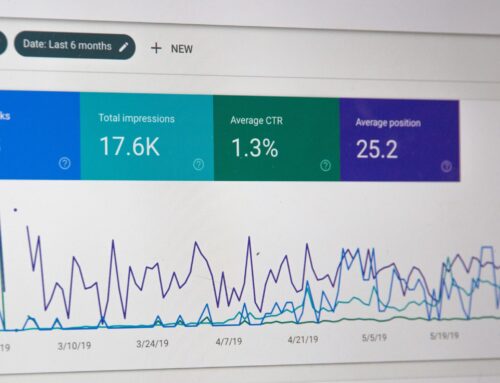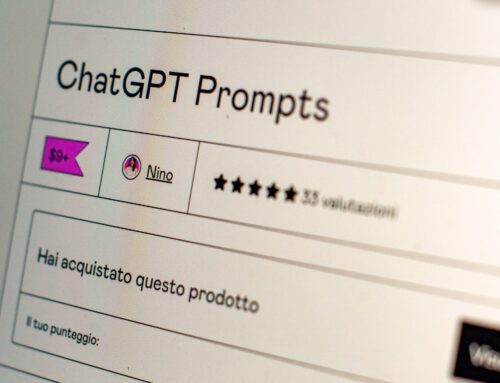 If you’ve been in the eLearning space, you’ve probably heard the term ‘SCORM’ or ‘SCORM compliance’ before, but what is it? Put simply, SCORM is a set of technical standards for eLearning products. Without it, many learning providers would likely spend a good chunk of time reworking training content to fit the standards of each and every learning management system (LMS) they come across. So, now that we have a rough understanding, let’s dive deeper and talk about the key role it plays in the eLearning space.
If you’ve been in the eLearning space, you’ve probably heard the term ‘SCORM’ or ‘SCORM compliance’ before, but what is it? Put simply, SCORM is a set of technical standards for eLearning products. Without it, many learning providers would likely spend a good chunk of time reworking training content to fit the standards of each and every learning management system (LMS) they come across. So, now that we have a rough understanding, let’s dive deeper and talk about the key role it plays in the eLearning space.
The role of SCORM
 As mentioned, SCORM is a set of standards that are followed in the eLearning industry. There are several reasons why a standard like this is necessary. For instance, imagine you have an eLearning course that you spent much of the last quarter building. You could have worked with an agency who used a platform you’re not familiar with to build the content. If you didn’t specify where this content would eventually be hosted, then there’s no guarantee that they made it compliant. Ultimately, the course could be completed, only for you to find out that it’s incompatible with your LMS, or the one that will host the content. Now, you’re in a predicament, one that could require you to rebuild all of that content once again.
As mentioned, SCORM is a set of standards that are followed in the eLearning industry. There are several reasons why a standard like this is necessary. For instance, imagine you have an eLearning course that you spent much of the last quarter building. You could have worked with an agency who used a platform you’re not familiar with to build the content. If you didn’t specify where this content would eventually be hosted, then there’s no guarantee that they made it compliant. Ultimately, the course could be completed, only for you to find out that it’s incompatible with your LMS, or the one that will host the content. Now, you’re in a predicament, one that could require you to rebuild all of that content once again.
An issue like the example given is possible in a world without SCORM. If the LMS you’re using is SCORM compliant, then you’re in a much better position. Now, all you need to do is specify with the builders of the content that the product needs to be SCORM compliant. If these two boxes are checked, then those issues with interoperability won’t occur.
By following SCORM, your LMS knows how to communicate with the content being uploaded. No matter where it was created or where it will be hosted, if both sides are SCORM compliant, then you can essentially upload your content anywhere. This is also helpful if you need to switch learning platform providers. You can have ease of mind knowing that your training will transfer over without a hitch.
Technical details of SCORM
 Although you don’t need to know all the technical intricacies to make your training SCORM compliant, let’s just touch on some of the basic ones. According to SCORM.com, SCORM is composed of three sub-specifications:
Although you don’t need to know all the technical intricacies to make your training SCORM compliant, let’s just touch on some of the basic ones. According to SCORM.com, SCORM is composed of three sub-specifications:
- The Sequencing – which specifies how the learner navigates the course. These specifications are written in XML through attributes and rules.
- The Content Packaging – which specifies how the content must be packaged and described. It’s also written primarily in XML.
- The Run-Time – which specifies how the content must be launched and how it will communicate with the LMS. This is mostly written in ECMAScript (JavaScript).
NOTE: while SCORM is the overall standard, there are versions of SCORM that you need to be aware of. To ensure your content will work flawlessly with your LMS, also confirm the version of SCORM both will use. While we won’t describe the differences in this post, the versions include:
- SCORM 1.2
- SCORM 2004
- SCORM xAPI (also sometimes referred to as “Tincan”)
If your content has been exported as SCORM 1.2 and your LMS supports SCORM 1.2, then you should be good.
Takeaways
You should now have a basic understanding of what SCORM is — a set of technical standards that allows learning content to work with more than one LMS. Many of the most popular authoring tools are already SCORM compliant, so you’d only need to export your course in a certain way to package it as a SCORM file. However, you need to be more careful when shopping for an LMS. Make sure that the platform hosting your content is SCORM compliant, even if you don’t think you’ll immediately be using SCORM files in your training. This could save you headaches in the future.
If you’re currently shopping for a SCORM compliant LMS, then we hope you’ll consider the Digitec award-winning Knowledge Direct LMS. The platform is SCORM 1.2, 2004 and xAPI compliant. Contact us to start a 30-day free trial. And if you just want some more guidance on the next steps in your eLearning journey, then we’d also be more than happy to talk with you. Let’s schedule an appointment!
For more industry-focused articles like this, subscribe to our free monthly newsletter, Smarter…Faster!




